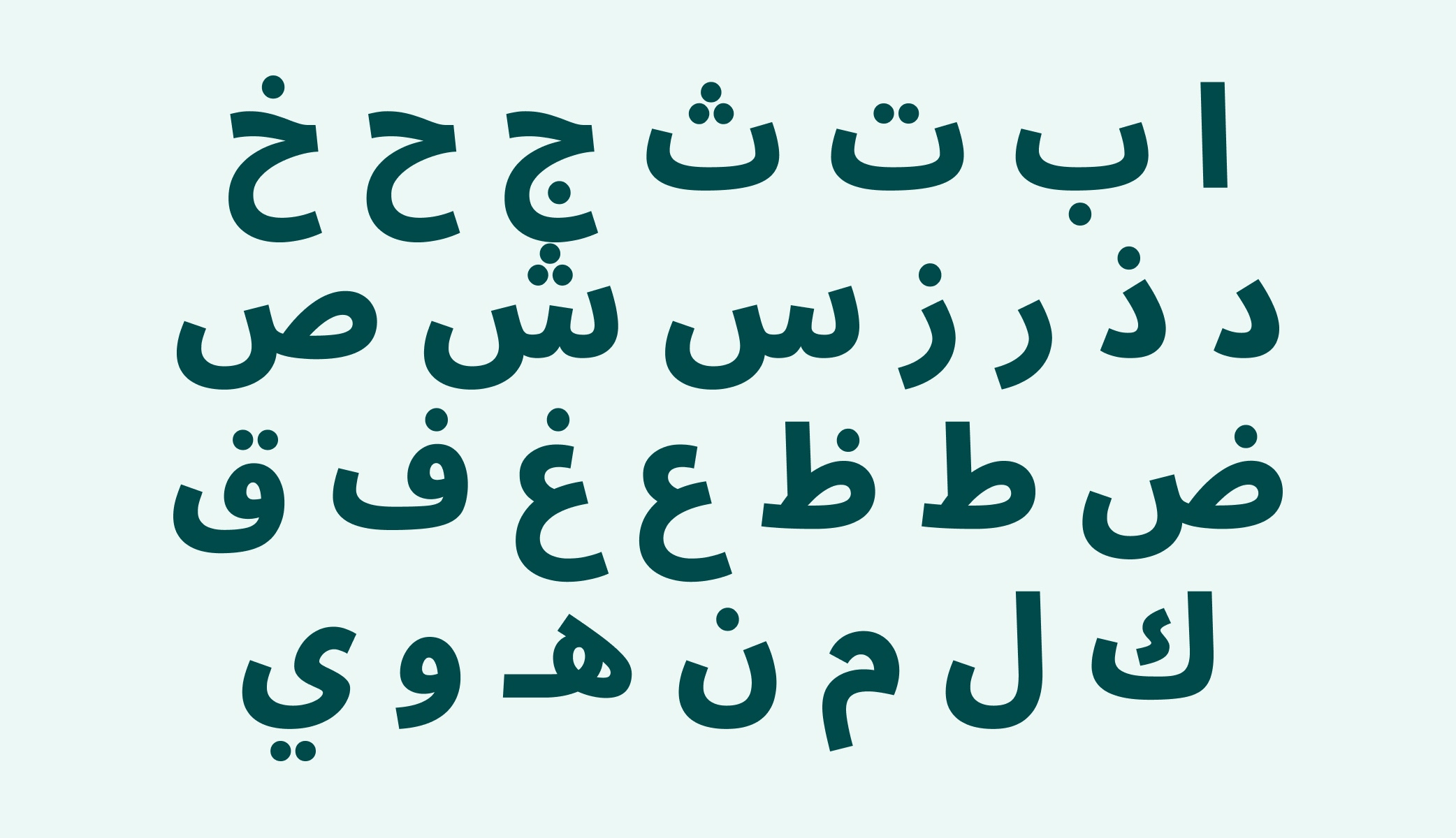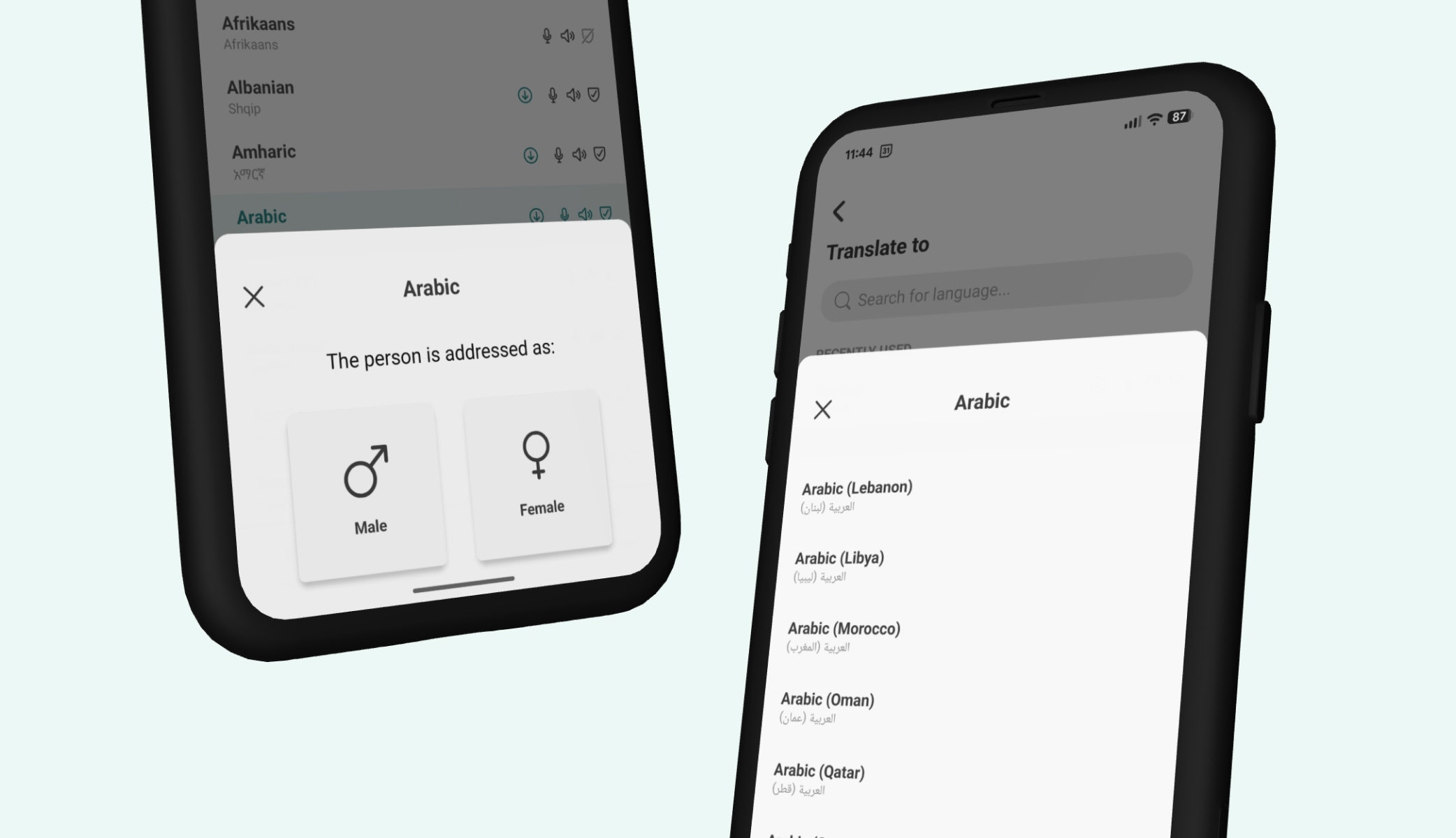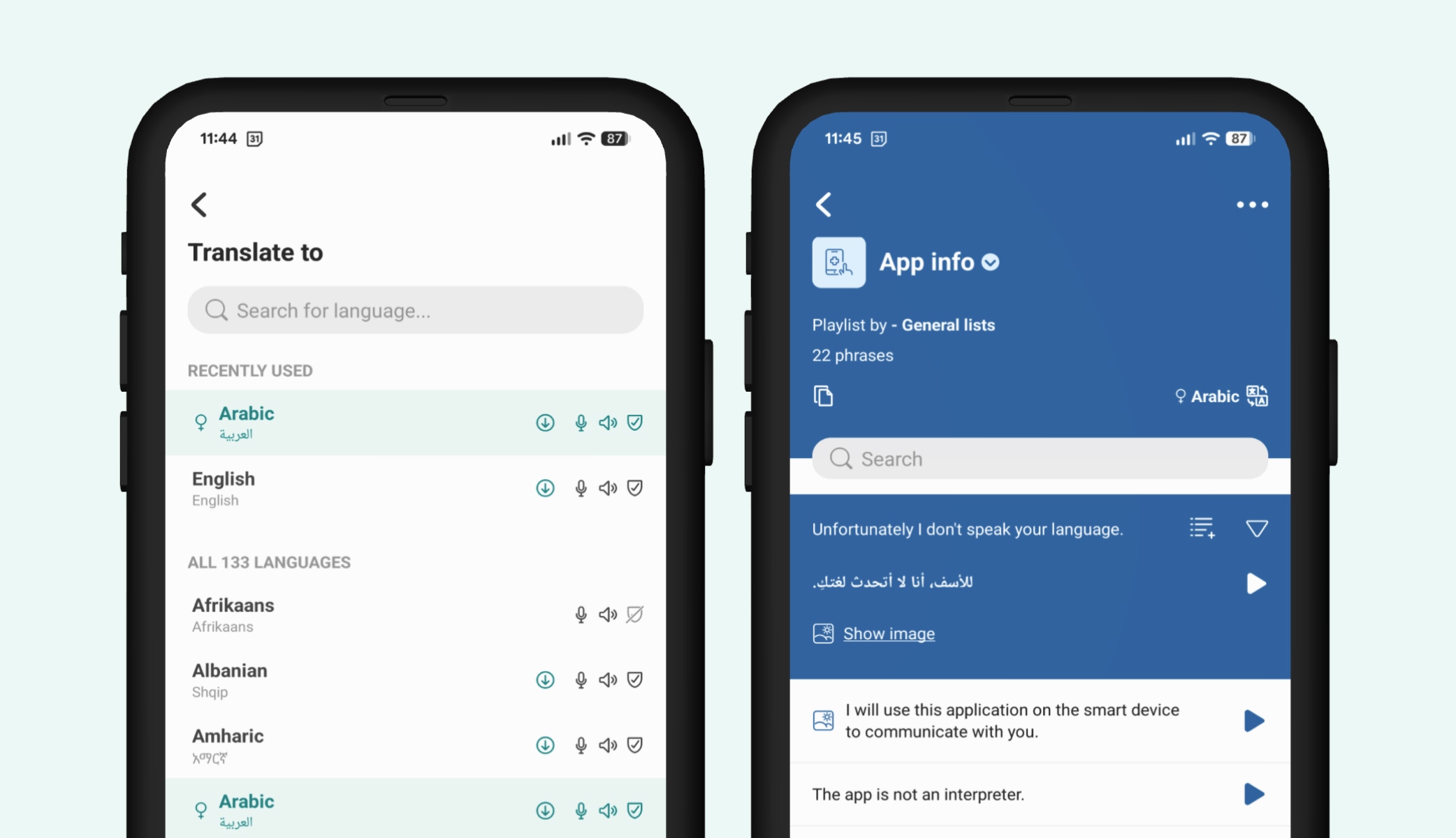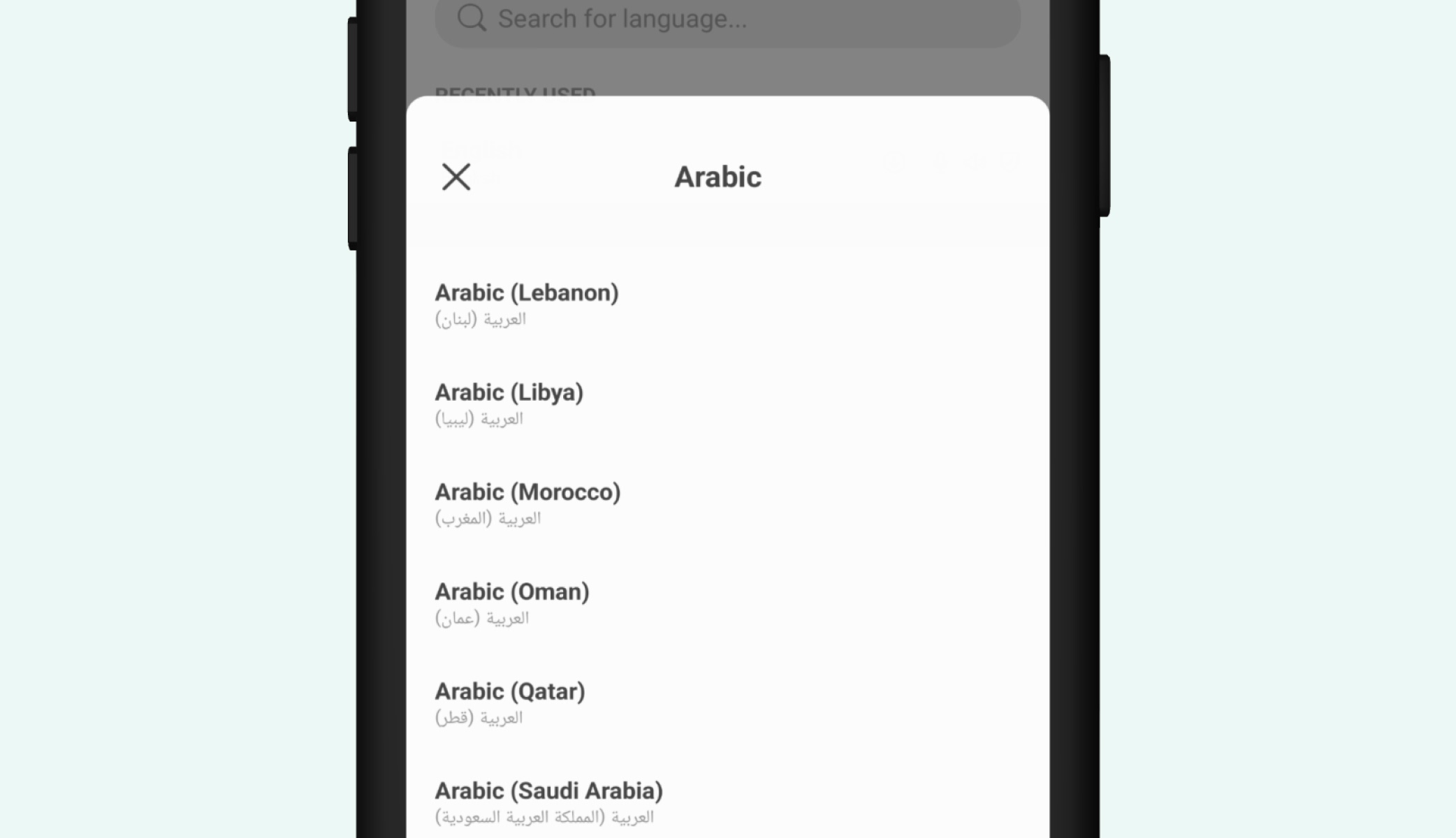2025-10-10
News
Language differences within Arabic can shape the quality of care patients receive. Learn how Care to Translate’s new dialect support helps bridge cultural and linguistic gaps in global health care.
We are proud to announce that Care to Translate now supports 16 Arabic dialects in our medical translation tool. Arabic has always been one of the top 10 most used languages in our app, and this expansion means even more patients and care staff can communicate clearly and safely, no matter which variety of Arabic they speak.

When people think of Arabic, they often imagine it as one single language. But in reality, Arabic is a family of dialects as diverse as the countries and communities where it's spoken.
This is why adding dialect-level support is crucial. A Syrian patient in Stockholm may not use the same words or expressions as a Moroccan patient in Malmö. For safe healthcare communication, those differences matter.

Arabic is spoken by 280–422 million people worldwide, making it one of the world’s most widely used languages. It's the official language in 22 countries and one of the six official languages of the United Nations.
These numbers reflect just how essential Arabic translation is for equitable access to care.
Language barriers in health care aren’t just inconvenient – they can be dangerous. Misunderstandings may lead to missed symptoms, confusion around medications, or lack of trust between patient and provider.
By offering translations across 16 dialects, Care to Translate helps:

Arabic is not only a global language – it's one of the most requested languages on our platform. In fact, it has always ranked in the top 10 most used languages in Care to Translate.
By adding 16 dialects, we take another step toward safer, faster, and more cost-effective care for both healthcare providers and patients. From emergency rooms to elderly care, clear communication saves lives and resources.

Health care is built on trust, and trust starts with understanding. By expanding Arabic support to include 16 dialects, Care to Translate ensures that more patients feel seen, heard, and cared for, in the language that matters most to them.
We believe this update will help healthcare professionals across Sweden, Europe, the US, and beyond deliver more equitable and compassionate care.
Interested in trying it out? Get in touch with us to learn more about how Care to Translate can support your organization or simply download the app for free.